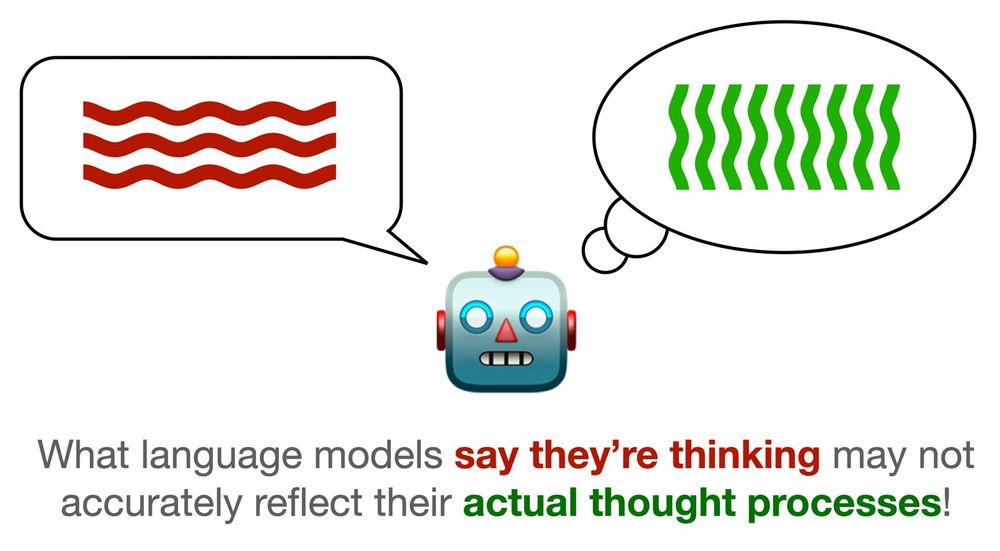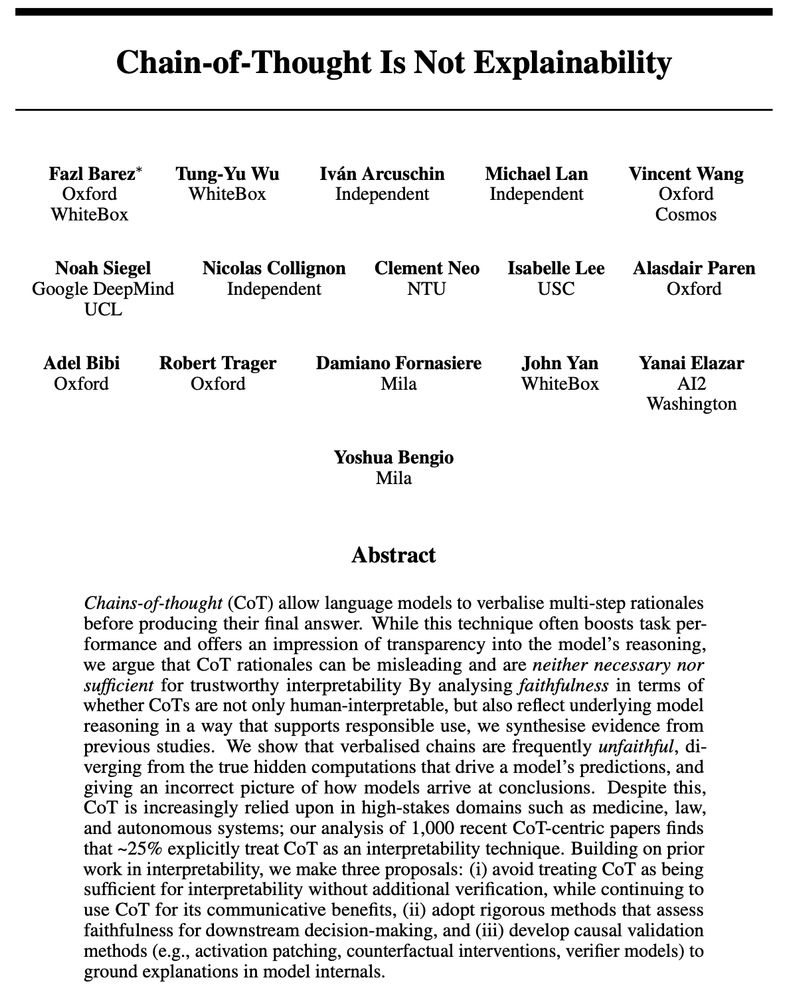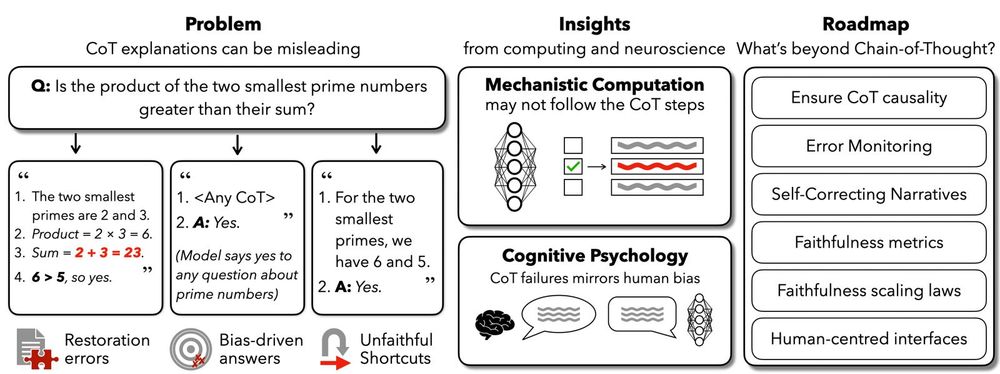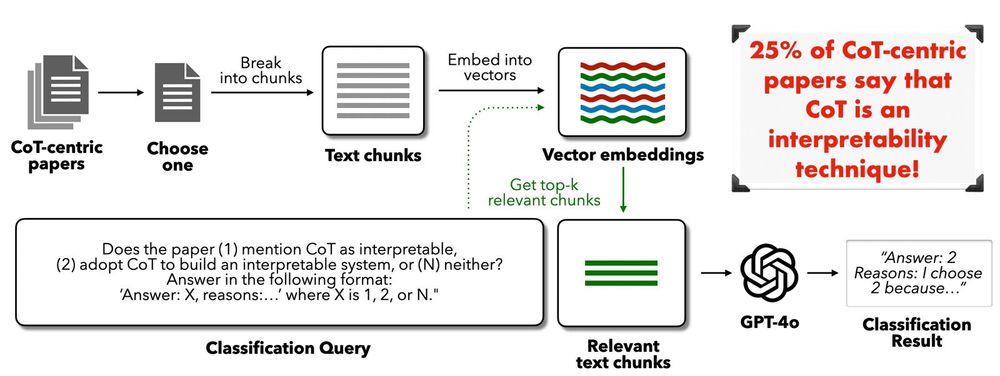Posts
Media
Videos
Starter Packs
Pinned
Reposted by Fazl Barez
Reposted by Fazl Barez
Reposted by Fazl Barez
Fazl Barez
@fbarez.bsky.social
· Jul 1
Fazl Barez
@fbarez.bsky.social
· Jul 1
Fazl Barez
@fbarez.bsky.social
· Jul 1
Fazl Barez
@fbarez.bsky.social
· Jul 1
Fazl Barez
@fbarez.bsky.social
· Jul 1
Fazl Barez
@fbarez.bsky.social
· Jul 1
Fazl Barez
@fbarez.bsky.social
· Jun 27







